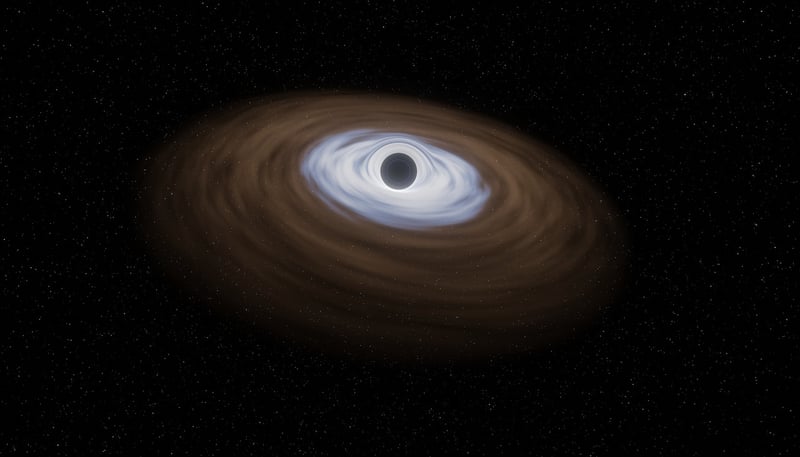Gravitational Waves
Mysterious Cosmic Phenomena: Unveiling the Secrets of Gravitational Waves
Exploring the depths of the cosmos has always been a fascinating endeavor for humanity. The universe is a vast expanse filled with mysteries waiting to be unraveled. Among the many enigmatic cosmic phenomena, gravitational waves stand out as a groundbreaking discovery that has revolutionized our understanding of the universe.
What are Gravitational Waves?
Gravitational waves are ripples in the fabric of spacetime caused by the acceleration of massive objects. Proposed by Albert Einstein in his theory of general relativity a century ago, these waves were detected for the first time in 2015 by the Laser Interferometer Gravitational-Wave Observatory (LIGO).
How are Gravitational Waves Detected?
LIGO and other gravitational wave observatories use sophisticated technology to detect these elusive waves. By measuring the tiny changes in the distance between mirrors caused by passing gravitational waves, scientists can confirm the existence of these cosmic disturbances.
Implications of Gravitational Waves
The detection of gravitational waves has opened up a new era of astronomy, allowing scientists to observe the universe in a completely different way. These waves provide valuable insights into cataclysmic events such as black hole mergers, neutron star collisions, and the early moments of the universe.
Future Discoveries
As technology advances and more gravitational wave observatories come online, scientists are hopeful that they will uncover even more mysteries of the cosmos. From understanding the nature of dark matter to exploring the possibility of multiverses, gravitational waves hold the key to unlocking the universe's deepest secrets.

Join us on this cosmic journey as we delve into the realm of gravitational waves and explore the wonders of the universe like never before.
References:
